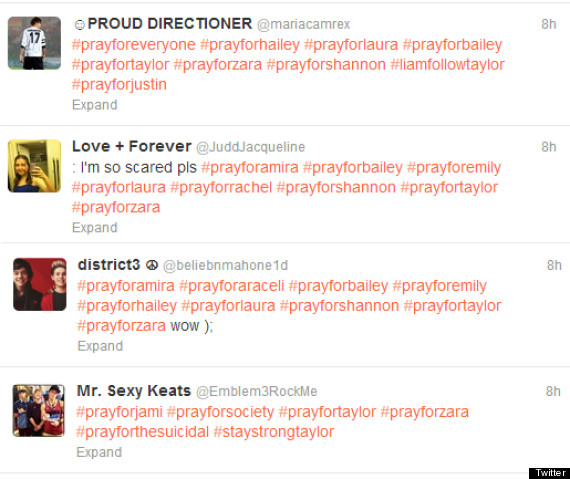

Switching between live classes and those in which students work at their own pace, and having to turn in homework, was confusing. It was really tormenting him.”Īdriana Moore said teachers didn’t clearly communicate with or check in with students, and sometimes talked down to them. “I remember he would stay up all night, checking his grades a lot. I don’t like being in front of a computer for seven hours,’ and on top of that, doing homework afterwards,” Adriana Moore said.

“When COVID-19 hit, he thought just like every kid, ‘We get to stay home.’ But then as time went by, he would say, ‘I don’t like this. He was a straight-A student at Sycamore Junior High in Anaheim, where he was in the advanced class of the school marching band.īut after starting high school online in fall, Rodney’s grades began to plummet. The Moore family knows what social isolation can do, saying that and academic pressure during distance learning changed everything for Rodney.Īdriana Moore and her husband, Rodney Moore Sr., said their “polite, sensitive” son loved animals and the beach, played violin, melodica and saxophone and enjoyed jazz music. “It’s leading to despair.”Īccording to Tory Cox, an associate professor of social work at USC, parents should recognize that “these are times when their children need more engagement, not less, more outreach, not less.” Distance learning led to deadly isolation “There’s a physical isolation that’s taking its toll,” said Kaplan, who’s been studying suicide for decades. Among the most vulnerable: LGBT youth, those suffering abuse, homeless youth, those with substance abuse problems, those living in foster homes or those growing up in poverty. Young people who were already more likely to consider killing themselves are more vulnerable now, according to Mark Kaplan, a professor of social welfare at UCLA. Callers ages 8 through 18 who reached out to the Crisis Line were a little more likely to say they had thought about hurting or killing themselves in 2020, according to Didi Hirsch, going from 44% in 2019 to 46% in 2020. It’s standard practice to ask callers if they’ve had thoughts of self-harm or suicide. (Photo by Sarah Reingewirtz, Los Angeles Daily News/SCNG)

15, 2020, helps manage those that supervise the Suicide Crisis Line in Century City. Coupled with schools having limited training and mental health professionals, it’s a setup for enormous, preventable tragedy.” Marilynn Hernandez, program coordinator at the Didi Hirsch Suicide Prevention Center, seen Tuesday, Dec. “Toxic stress with despair is a lethal combination, making them significantly more likely to attempt suicide. Students are “facing adversity like they’ve never faced in their lives,” he said.

But those drops were almost entirely among adults.


 0 kommentar(er)
0 kommentar(er)
